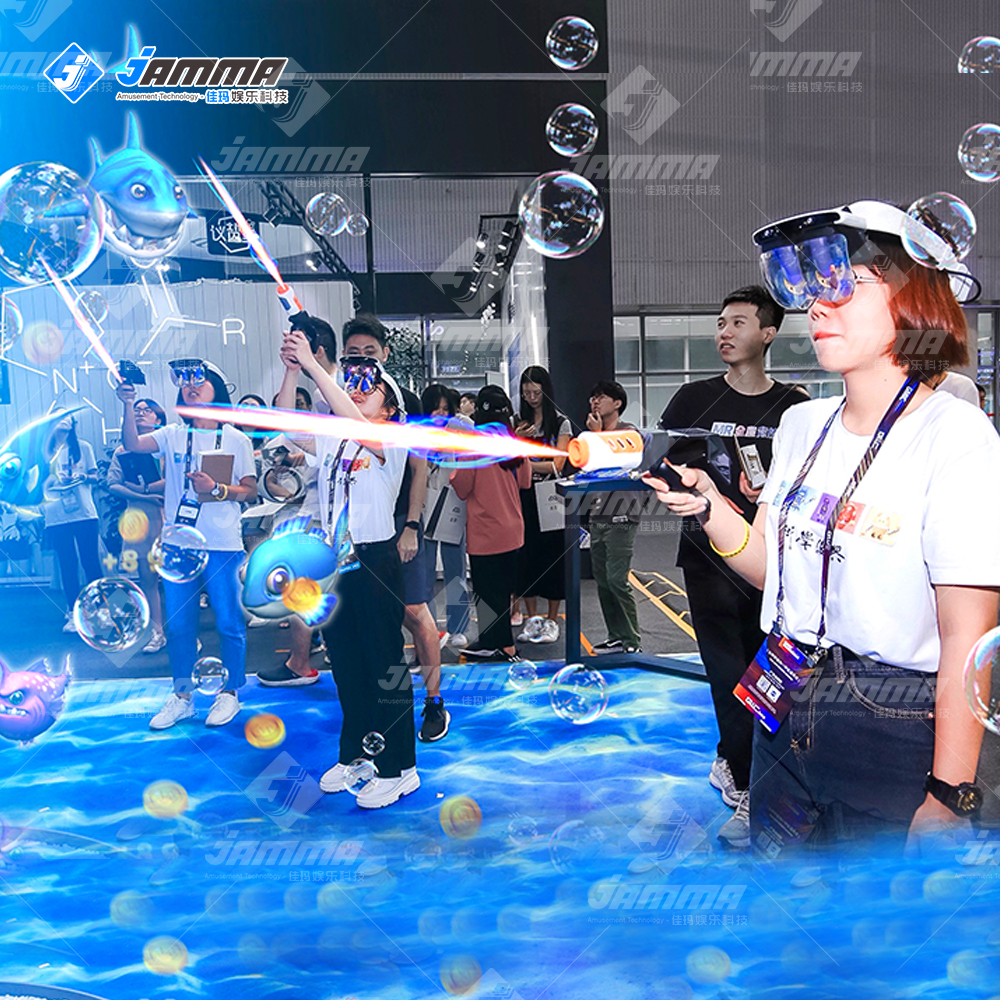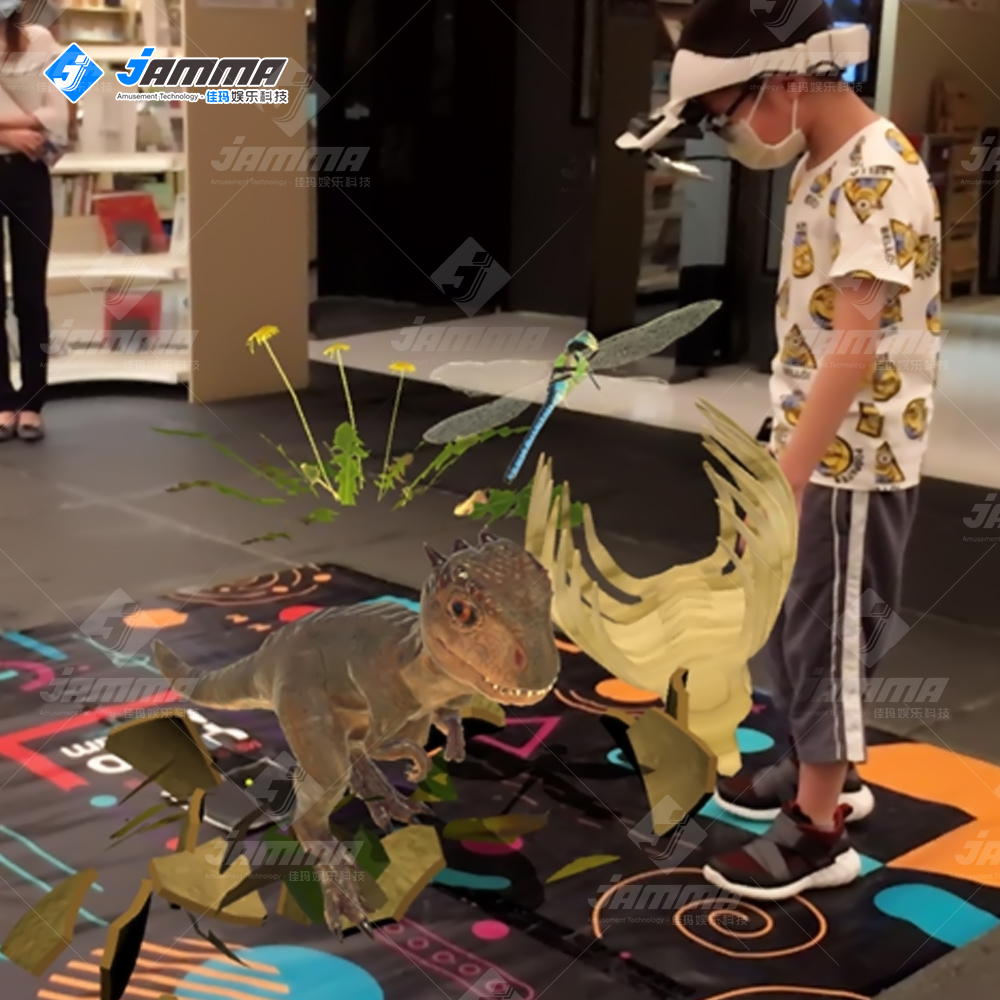Can Holographic Displays Breathe Life into Museums? Exploring 3D Technology for Exhibits
3D Holographic Projection Device Solutions: Transforming Museum Exhibits
Imagine a museum exhibit where dinosaurs seemingly roam the halls, historical figures deliver interactive presentations, or complex scientific processes unfold before your eyes. 3D holographic projection devices can make these scenarios a reality. By projecting three-dimensional light fields, these devices create realistic and captivating visuals that transcend the limitations of traditional displays.
There are several ways museums can utilize 3D holographic projection devices:
- Bringing historical figures to life: Imagine viewing a holographic reconstruction of a historical figure, complete with speech and animation, to gain a deeper understanding of their personality and contributions.
- Showcasing artifacts in 3D: Holographic displays can showcase artifacts in stunning detail, allowing visitors to examine objects from all angles and even interact with virtual representations.
- Interactive learning experiences: Museums can create interactive exhibits that allow visitors to manipulate holographic objects, explore virtual environments, or participate in simulations.
3D Holographic Museum Dinosaur World: Engaging a New Generation of Learners
One particularly exciting application of 3D holographic displays lies in natural history museums. Imagine a dedicated “3D Holographic Dinosaur World” exhibit where visitors can walk alongside realistic holographic projections of dinosaurs, observe their movements, and learn about their behaviors. This immersive experience can spark a child’s imagination and foster a lifelong fascination with paleontology.
However, implementing 3D holographic displays in museums comes with challenges. The cost of high-quality projection systems can be significant, and creating high-resolution 3D content requires specialized skills and software. Nevertheless, the potential benefits for visitor engagement and education are undeniable.


Beyond Dinosaurs: Exploring the Versatility of 3D Holographic Displays in Museums
The applications of 3D holographic displays in museums extend far beyond dinosaur exhibits. Here are some additional examples:
- Art museums: Projecting holographic representations of artworks allows visitors to appreciate details and textures that might be difficult to discern in real life.
- Science museums: Holographic displays can illustrate complex scientific concepts in a visually engaging and interactive way.
- History museums: Museums can use holographic recreations of historical events or battles to provide a more immersive learning experience.
3D Holographic Projection Film Technology Solution: The Science Behind the Magic
The captivating visuals of 3D holographic displays are made possible by a fascinating interplay of physics and technology. At the heart of the system lies the 3D holographic projection film, a special material with a microscopic pyramid-like surface structure. When light passes through this film, it diffracts (bends) in a specific way, creating the illusion of a three-dimensional image. Advancements in material science and laser technology are continuously pushing the boundaries of what’s achievable with holographic film, paving the way for increasingly realistic and sophisticated 3D visuals.

Hottest 3D holographic display technology for museums
Is There a Place for DIY 3D Holographic Projection Displays in Museums?
While high-end 3D holographic projection systems offer the most impressive visuals, there’s also a growing interest in DIY solutions. DIY holographic projection film, paired with a smartphone or tablet, can create a basic holographic effect. While this approach might not be suitable for large-scale museum exhibits, it could be a valuable tool for smaller museums or educational settings to introduce visitors to the concept of holographic displays.
So, can holographic displays breathe life into museums?
The answer is a promising yes. 3D holographic technology offers a unique opportunity to create engaging and interactive exhibits that cater to a new generation of learners. While challenges remain in terms of cost and content creation, the potential benefits for museum experiences are significant. As the technology matures and becomes more affordable, we can expect to see 3D holographic displays become a staple in museums around the world.
How much does a 3D holographic projector cost for museums?
The price of 3D holographic projectors varies depending on size, resolution, and features. Basic units can start from a few thousand dollars, while high-end systems can cost tens of thousands.

